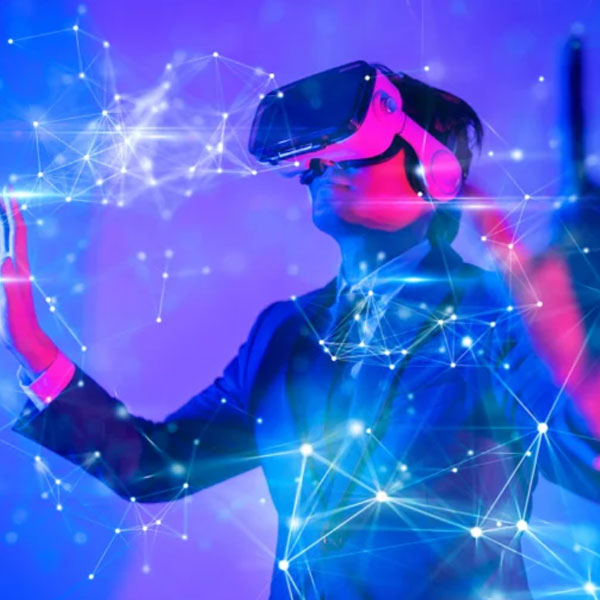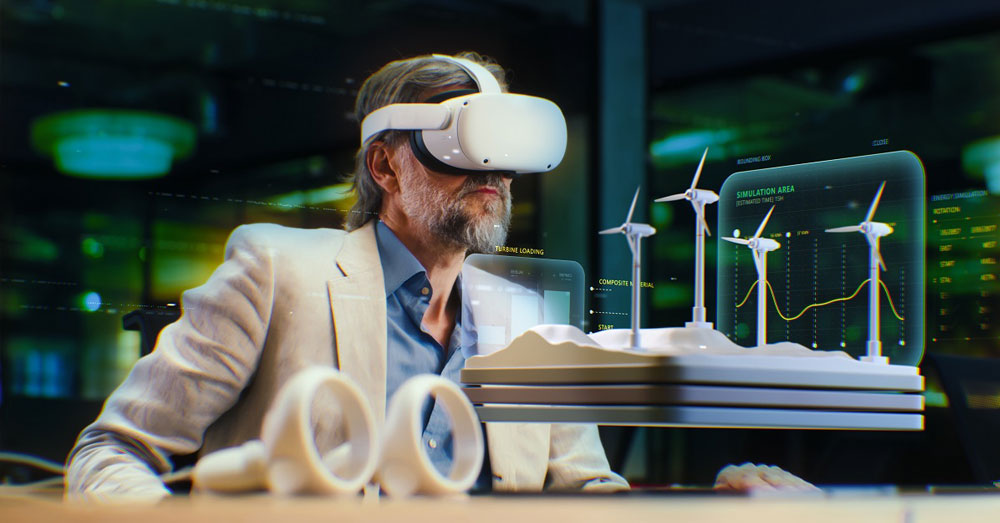
Components of XR
Augmented Reality (AR):
- Description: AR overlays digital information onto the real world, enhancing the user's perception of their physical environment with additional virtual content.
- Interaction: Users interact with both real and virtual elements, but the digital content is usually anchored to specific real-world objects or locations.
- Examples: Pokémon GO, AR navigation apps, and interactive museum exhibits.
Virtual Reality (VR):
- Description: VR creates a fully immersive virtual environment that replaces the real world entirely. Users are completely surrounded by a digital world and interact with it through specialized VR hardware.
- Interaction: Users are fully immersed in a computer-generated environment, with interactions and experiences controlled by VR systems.
- Examples: VR gaming, virtual training simulations, and immersive 360-degree videos.
Mixed Reality (MR):
- Description: MR combines elements of both the real and virtual worlds, allowing them to interact in real-time. It creates an environment where physical and digital objects coexist and can influence each other.
- Interaction: Both real and virtual objects interact dynamically, and the environment adapts to changes in the physical world.
- Examples: Microsoft HoloLens, Magic Leap, and interactive design tools.


